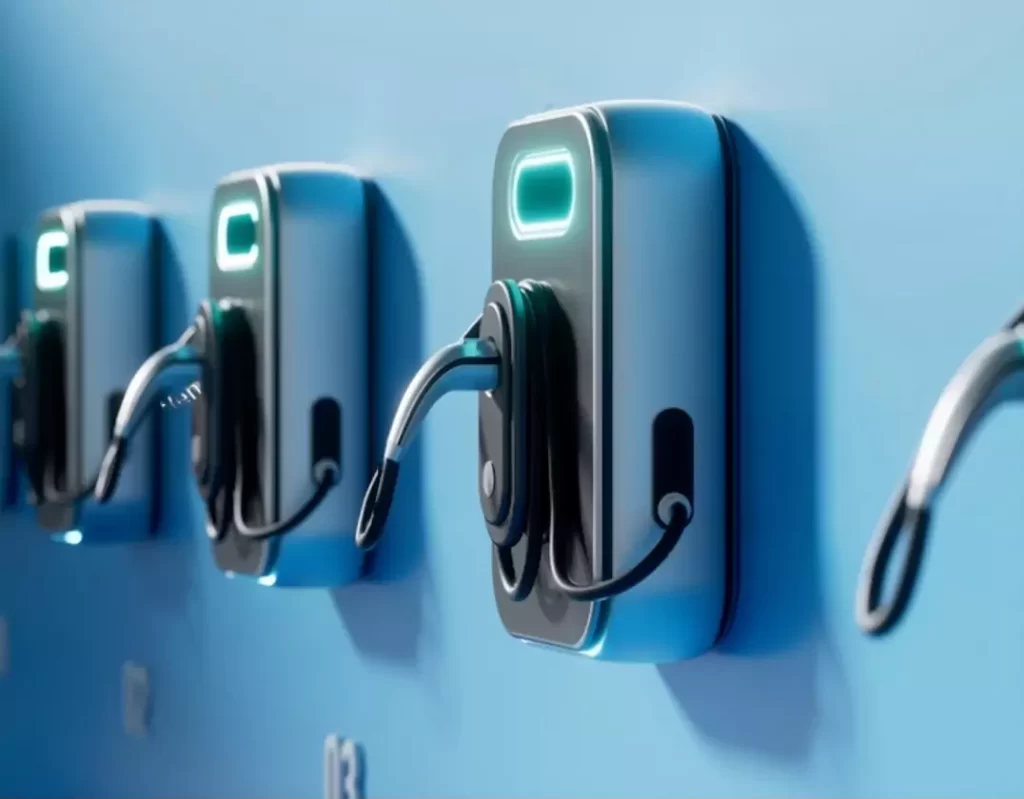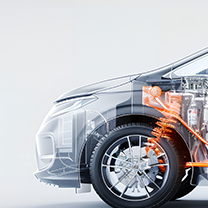
Products
Fast, Reliable, Everywhere

Solutions
Efficient, Innovative EV Charging Solutions.
Thus, whether you’re charging an EV at home or on the road, AC must eventually be converted into DC for the battery to store energy. The major difference between AC and DC charging lies in where this conversion occurs—inside the EV or inside the charging station.

AC charging supplies alternating current to your car’s onboard charger, which then converts it to DC to store in the battery.
Advantages:
Use Case: Perfect for daily driving needs and residential setups.
DC charging stations perform the AC-to-DC conversion themselves, sending DC electricity directly into the car’s battery.
Advantages:
Use Case: Great for quick top-ups on road trips or busy commercial fleets.
AC Charging Curve:
DC Charging Curve:
Analogy: Think of filling a glass of water—fast at first, slower as it nears full capacity.
| Feature | AC Charging | DC Charging |
|---|---|---|
| Conversion | In the car | In the station |
| Charging Speed | Slow to moderate | Fast to ultra-fast |
| Installation | Home & public | Mostly commercial |
| Cost | Lower | Higher |
| Ideal For | Daily use | Long trips |
No, modern EV batteries are designed to handle DC fast charging safely. However, frequent ultra-fast charging can slightly accelerate battery wear compared to regular AC charging. For daily charging, AC remains the better choice.
If you're driving short daily distances, AC chargers meet your needs at a lower cost. Save DC fast charging for longer trips when minimizing downtime matters.
Understanding AC and DC is just the beginning! To learn more about:
Check out our Comprehensive EV Charging Guide to get all the details you need.
Stay informed. Drive electric. Embrace the future!
